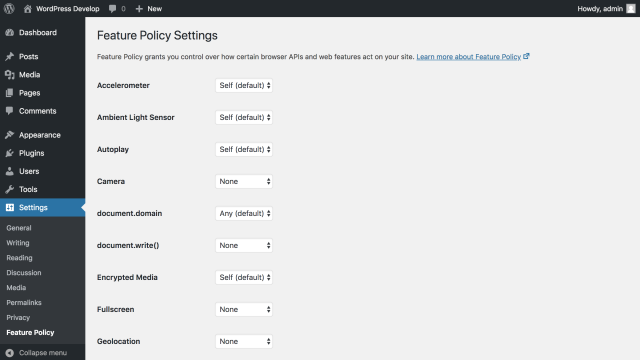When using a content management system like WordPress, it is obvious that the content site owners and collaborators create and manage needs to be persistently stored somewhere. In WordPress, this storage space is typically a MySQL database. For most WordPress sites, every single request to the site results in several queries to the database so that the content stored can be displayed.
When extending the capabilities of WordPress through plugins, such plugins usually leverage that same database to store their own data. As a plugin developer you are probably already familiar with the many APIs that WordPress provides to integrate with database storage; for example the Options API to store and retrieve options, or the Meta API to store and retrieve metadata. However, do you ask yourself what the consequences of storing data in a WordPress database are?
Not all data is equal. Certain types of data that plugins (or WordPress core itself) need to store are more sensitive than others. Think about personal data from all the customers of your WooCommerce shop, the figures of revenue you are making from affiliate links, or API credentials to access personal information from your Google account. For any data you deal with in WordPress, you should ask yourself:
- How sensitive or potentially confidential is the information I would like to store?
- What can I do to store the information safely?
In this post, we will look more closely at how we can deal with more sensitive information in WordPress from a security perspective.












